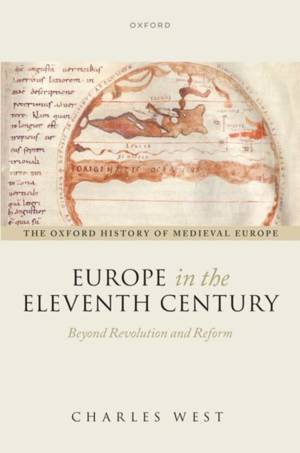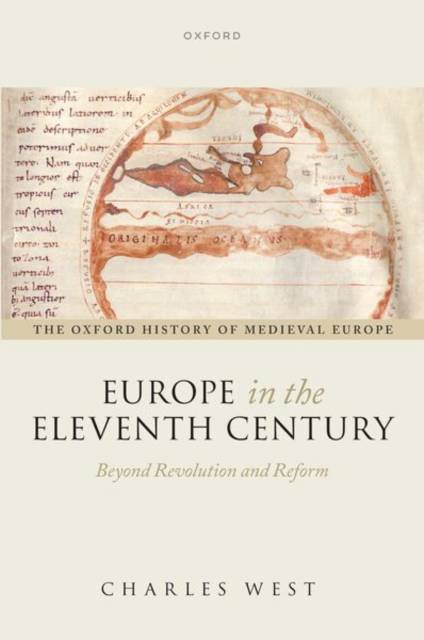
- Afhalen na 1 uur in een winkel met voorraad
- Gratis thuislevering in België vanaf € 30
- Ruim aanbod met 7 miljoen producten
- Afhalen na 1 uur in een winkel met voorraad
- Gratis thuislevering in België vanaf € 30
- Ruim aanbod met 7 miljoen producten
Zoeken
Omschrijving
Eleventh-century Europe was diverse and fast-changing. Historians have often debated this change through two sets of competing arguments, one about the shifting role of the Church and the Papacy, and the other about the rise of castellan lords and a proliferation in violence. Yet these arguments about 'Church Reform' and 'Feudal Revolution' only really apply to one part of Europe, the Latin West. This book takes its cue from contemporary perceptions of Europe, and includes Byzantium (or East Rome) and Muslim al-Andalus in scope. In doing so, it presents a new perspective on Europe in the period. Its chapters assess different scales of action and interaction within this wide space. They take from the reader from the peasants living in small village settlements, via the great city of Constantinople, the taifa emirates, kingdoms from Ireland to Hungary, and the two universal empires, up to contemporary ideas, cosmologies, and representations of the wider world. Viewed in this broad setting, the Latin West's remarkable expansion during this period, dramatically illustrated by the First Crusade at the century's end, can best be understood as the poorly controlled overspilling of internal dynamics, as the established public order was disrupted. Elsewhere in Europe, existing structures proved more resilient and better able to accommodate internal economic and social development, though remaining vulnerable to aggression from outside.
Specificaties
Betrokkenen
- Auteur(s):
- Uitgeverij:
Inhoud
- Aantal bladzijden:
- 304
- Taal:
- Engels
- Reeks:
Eigenschappen
- Productcode (EAN):
- 9780198860235
- Verschijningsdatum:
- 1/12/2025
- Uitvoering:
- Hardcover
- Formaat:
- Genaaid
- Afmetingen:
- 163 mm x 240 mm
- Gewicht:
- 657 g

Alleen bij Standaard Boekhandel
+ 94 punten op je klantenkaart van Standaard Boekhandel
Beoordelingen
We publiceren alleen reviews die voldoen aan de voorwaarden voor reviews. Bekijk onze voorwaarden voor reviews.








